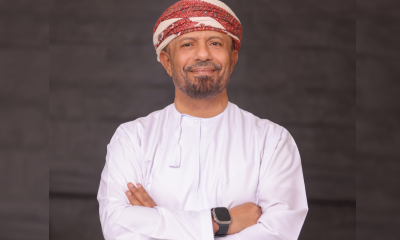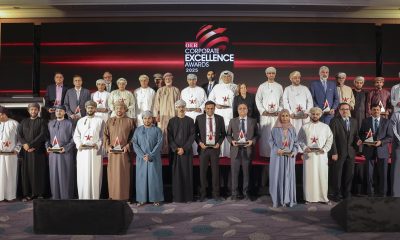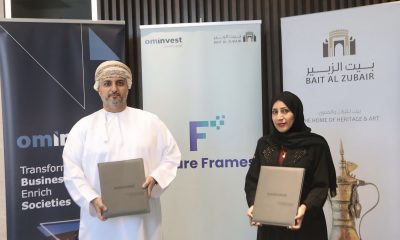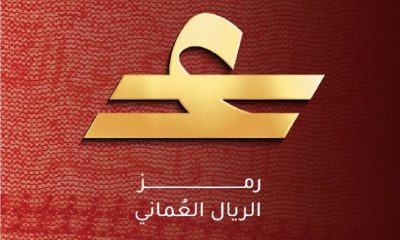Transport
Oman Could Have Its Own Metro Network As Feasibility Study Underway

The Ministry of Transport, Communications, and Information Technology (MTCIT) in Oman is taking a significant step towards realising the country’s first metro system in the capital city of Muscat.
The Ministry has reportedly invited international consultants to bid for a contract to provide advisory services for the project. This marks the beginning of the pre-feasibility phase of the project, which will focus on the viability of the proposed metro line that is expected to run from Ruwi and Muttrah in the East, passing through the city centre and the airport to reach Seeb in the West.
The lack of a rail system in Oman has led to a reliance on buses, taxis, and ride-hailing vehicles for public transportation. An electrified rail network could take away traffic congestion, reduce air pollution (if the network runs on a sustainable power system), and reduce the carbon footprint of the country.
Regions with heavy metro usage, on average, witnesses 46 per cent less greenhouse gas emissions per mile than driving in a single-occupancy vehicle. This would substantiate a significant emission drop in a country such as Oman which has over 1.5mn registered vehicles (as per the National Centre for Statistics and Information).
OERLive wasn’t able to procure statistics on the number of vehicles registered in the city of Muscat but learns that it is the most populated city in the nation with over 797,000 people indigenous to the Governorate.
This falls in line with Oman’s net-zero goals as the proposed metro system holds the potential to address these issues and help Oman achieve its wider sustainability goals.
The consultants will work with MTCIT to make key decisions regarding the metro project and help determine the best course of action to ensure its long-term viability. This will include an assessment of the social and economic benefits of the project, as well as an analysis of the potential impact on the environment and the local community.
The planned metro system will not only reduce traffic congestion and improve public transportation, but it will also have a positive impact on the tourism industry and support the country’s decarbonization strategy by potentially being powered by electricity or green hydrogen.
In a television interview, Oman’s Minister of transport, communications, and Information Technology, Eng. Said bin Hamoud al Maawali, stated that a team of experts is studying ways of ensuring the planned metro’s long-term viability, including exploring sustainability solutions.
He was quoted as saying that the integration of sustainable solutions, such as renewable energy sources and environmentally friendly building materials, will not only help Oman meet its sustainability goals but also set a positive example for other countries in the region.
-

 Leaders Speak2 months ago
Leaders Speak2 months agoDhofar International Development and Investment Company: Driving Sustainable Growth and Strategic Synergies in Oman’s Investment Landscape
-

 Economy1 month ago
Economy1 month agoMaal Card: What Oman’s New National Payment Card Means for Everyday Users
-

 Events2 months ago
Events2 months agoOER Corporate Excellence Awards 2025 Honours Entities and Innovations in Oman
-

 Arts and Culture2 months ago
Arts and Culture2 months agoOminvest and Bait Al Zubair Launch “Future Frames” to Empower Youth through Art and AI
-

 News1 month ago
News1 month agoSheikh Suhail Bahwan, Chairman of Suhail Bahwan Group, Passes Away
-

 Economy1 month ago
Economy1 month agoOman Unveils Official Omani Rial Symbol in Landmark Move to Boost Global Currency Presence
-

 News4 weeks ago
News4 weeks agoOIG Appoints New CEO to Lead Its Next Chapter of Excellence
-

 News4 weeks ago
News4 weeks agoReport: How India & The Middle East Are Exploiting Immense Economic Synergies





























